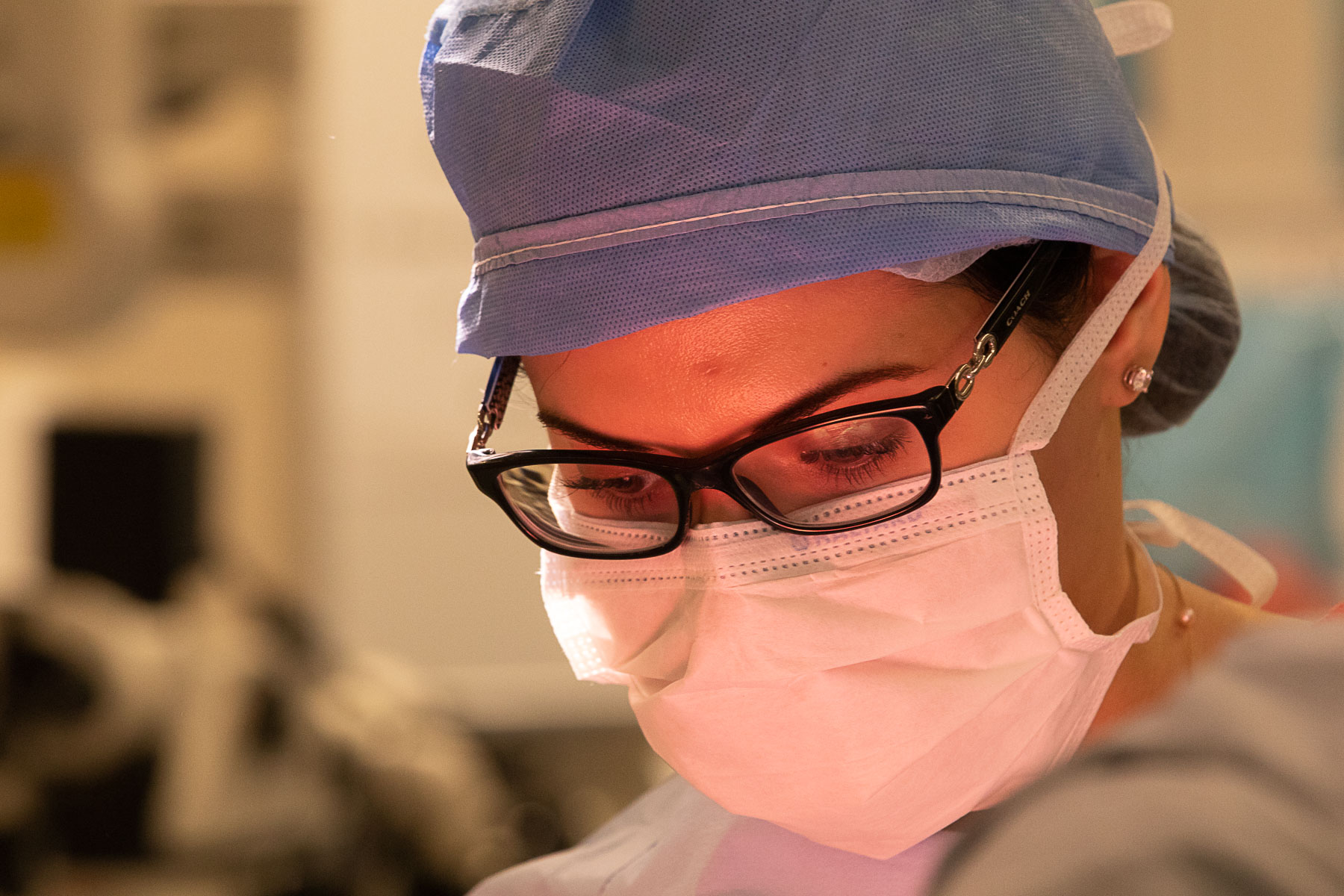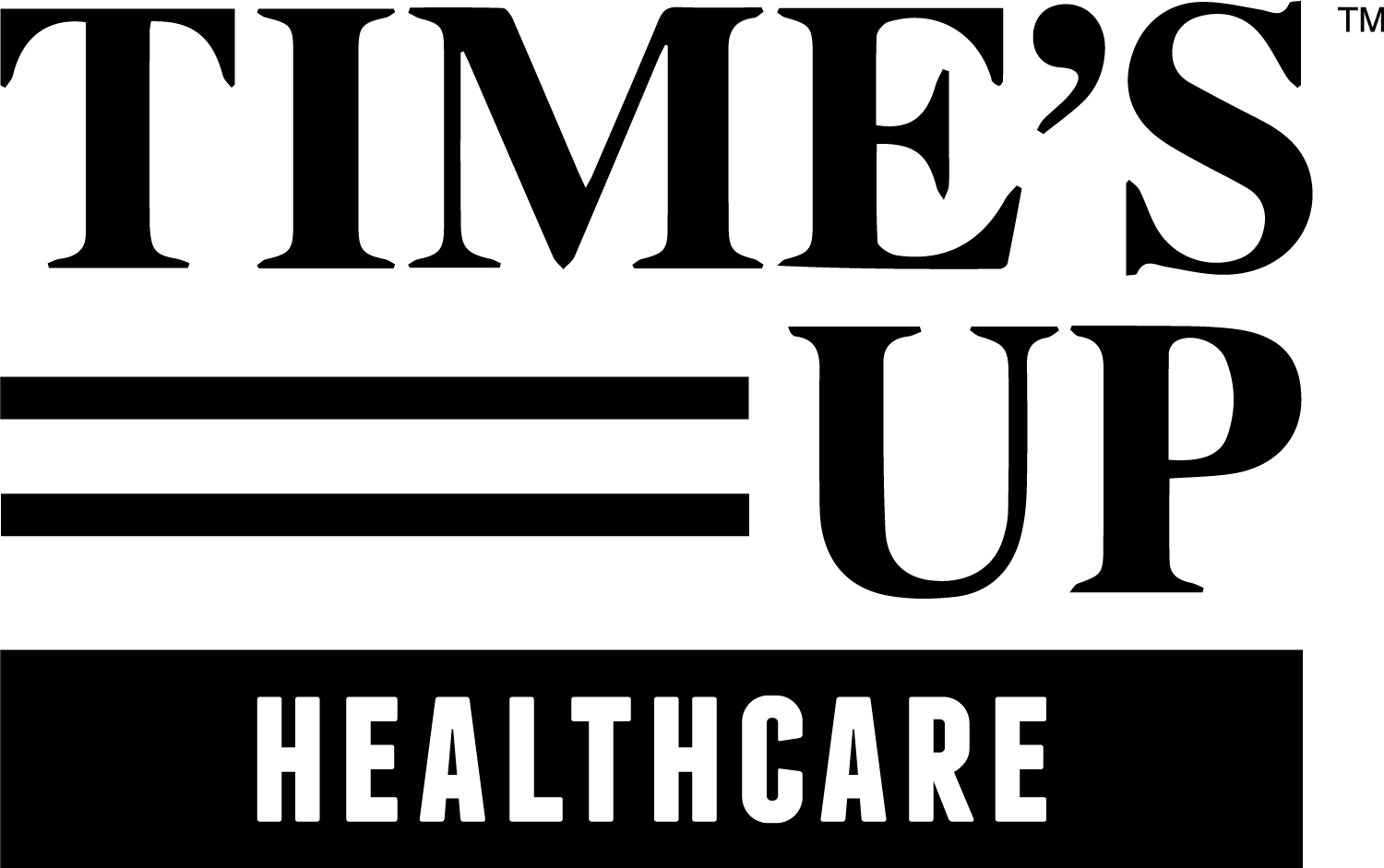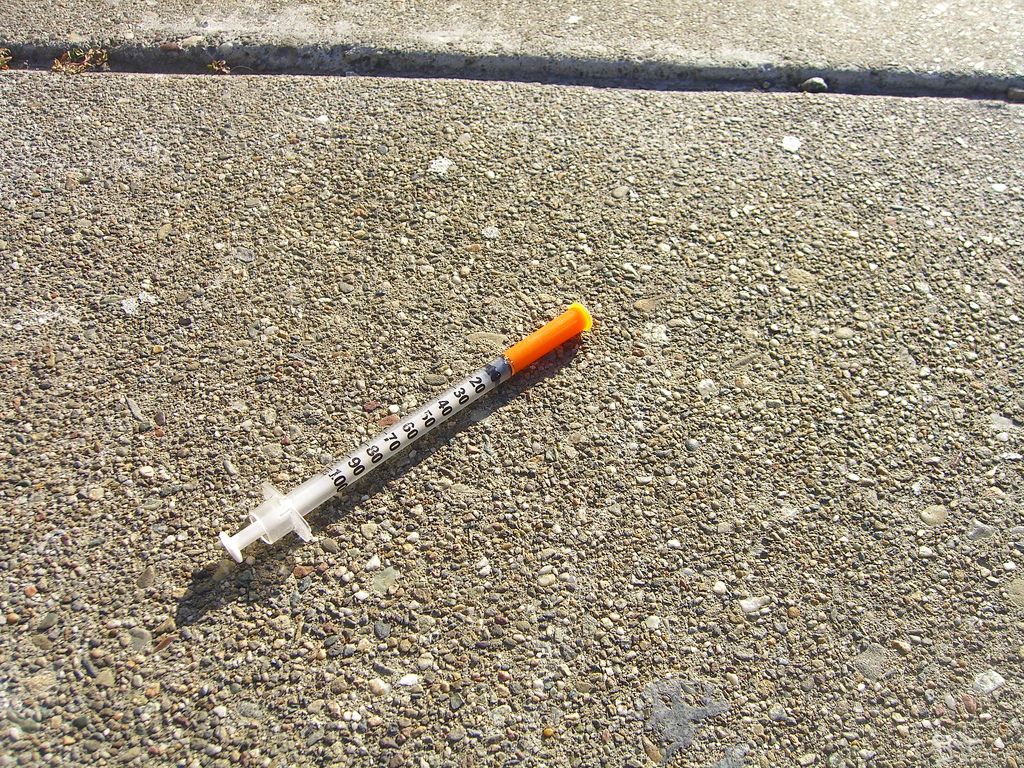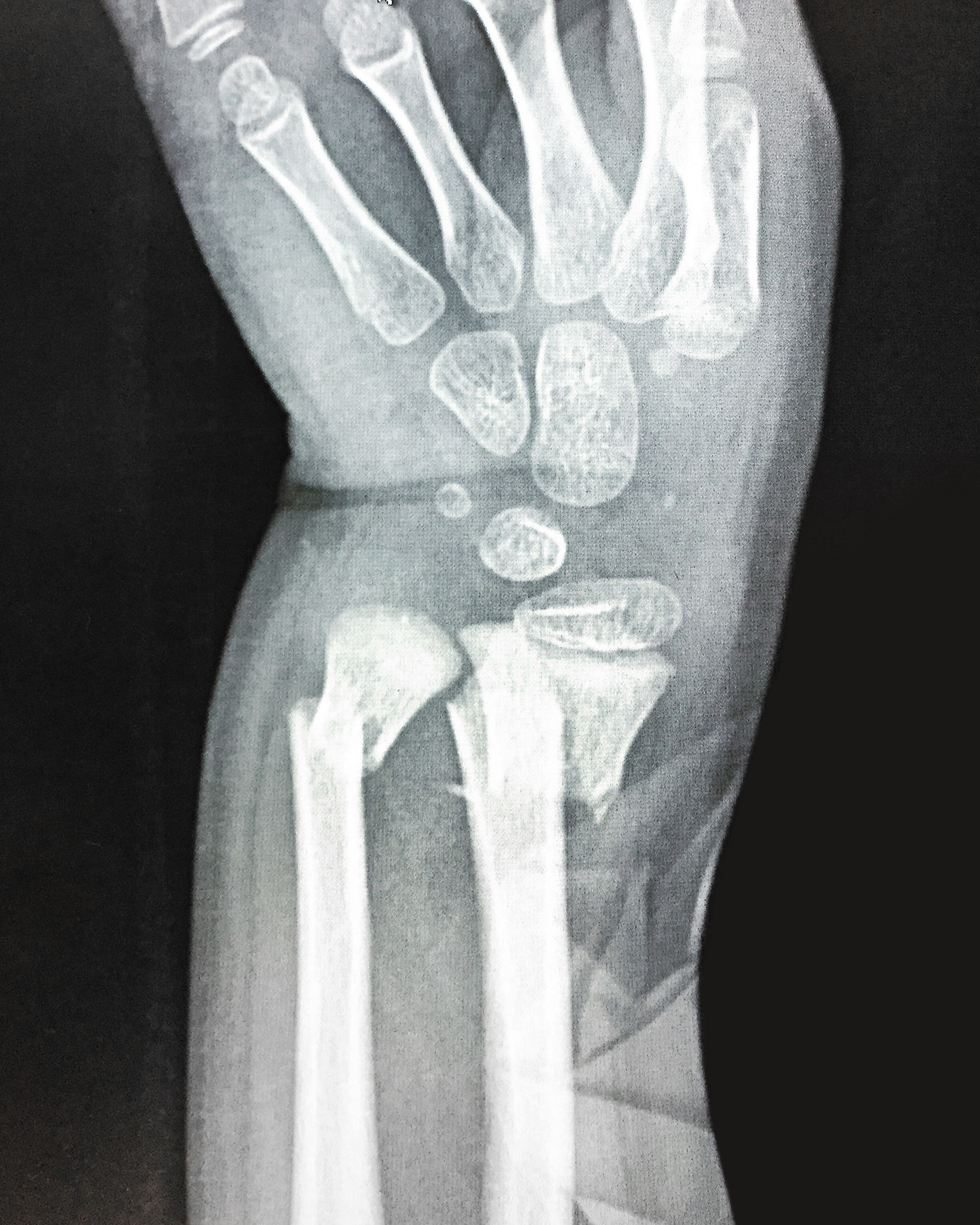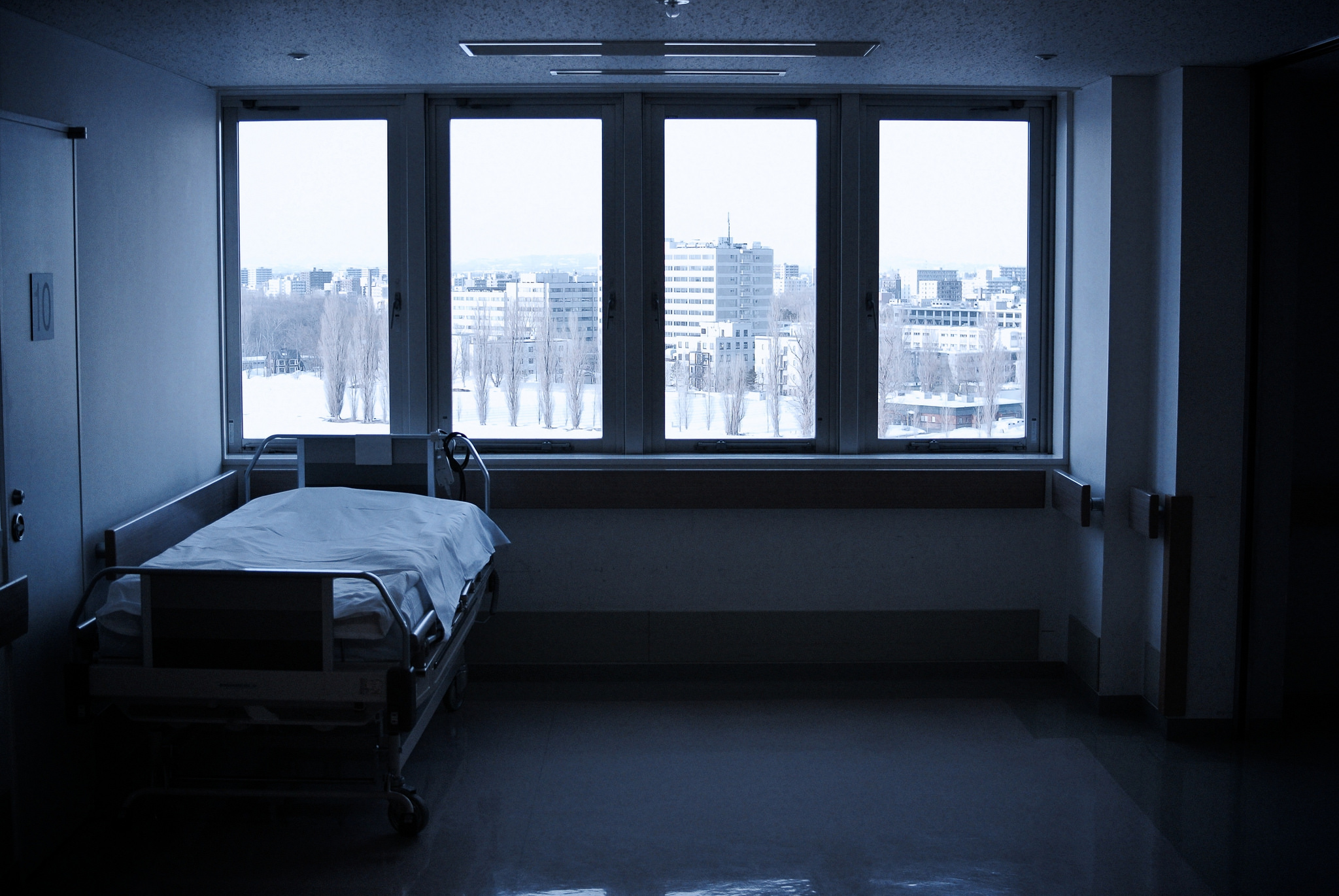Robotic Surgery Training in Residency: Good or Bad?
The rapid introduction of revolutionary technologies like minimally invasive robotic-assisted surgeries will exponentially increase complexity in medicine, law, education and ethics. Roboethics deals with the code of conduct that robotic engineers must implement in the artificial intelligence of a robot. Through this kind of ethics, roboticists must guarantee that autonomous systems will exhibit ethically acceptable behavior in situations in which robots interact with patients.




